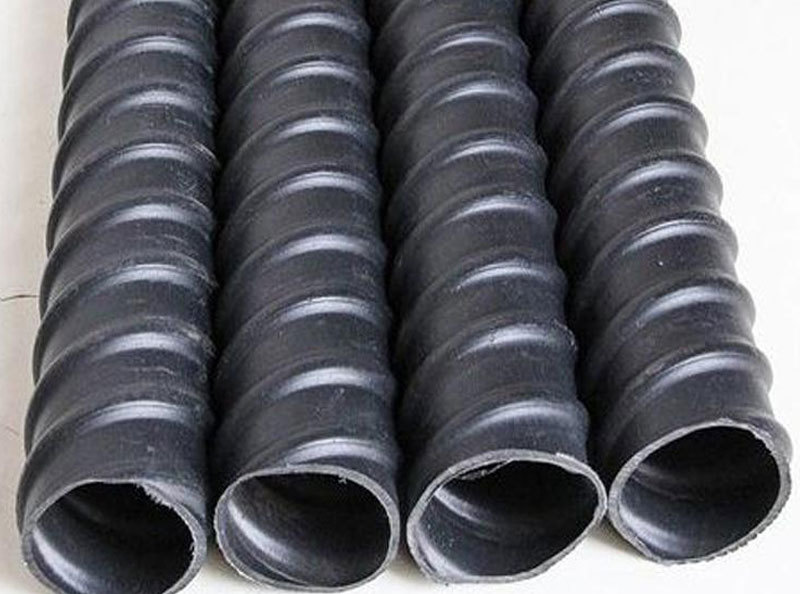12
2022
-
08
Definition and application of unbonded steel strands
Definition and application of unbonded steel strand
Steel strand is a steel product composed of multiple steel wires. The carbon steel surface can be galvanized, zinc-aluminum alloyed, aluminum-clad, copper-plated, or epoxy resin coated as needed. With the rapid development of modern Chinese industry and the mutual penetration of various disciplines, unbonded steel strand engineering has been widely applied. In recent years, it has expanded to the aerospace, nuclear shipbuilding, and new building industries. In this field, unbonded steel strand is increasingly becoming an indispensable and important component in modern engineering technology, playing an important practical role.
China can now produce some unbonded steel strand metal hoses that meet international advanced levels. However, due to the lack of technical exchange and standardization, many designers in various technical fields are not interested in modern unbonded steel strand metal hoses. The arrangement characteristics and performance indicators of the tubing are unclear, which makes it impossible to use rubber or plastic tubes in many places where new metal hoses should be used. In order for more people to master the use of modern unbonded steel wire metal hoses and to enable unbonded steel wire ropes to play a significant and sustained role.

Definition of unbonded steel strand: Unbonded steel strand is a new type of unbonded steel strand that is between unbonded steel strand and bonded steel strand and has good bonding properties. That is, without affecting the bonding of the steel strand, it has the advantages of free cable laying, easy use, no need for tunnel setting and grouting, and also has the characteristics and safety of steel strand. Bonded steel strand used later. A new prestressing technology process. Slow-setting unbonded steel strand mechanism and test Original text
The working mechanism of unbonded steel strand is to wrap a layer of special slow-setting mortar around the unbonded steel strand. The sealing temperature of the mortar is required to be 5~40℃, and the event planning company cannot solidify before 30 days to meet the time requirements of on-site tensioning and reinforcement. After 30 days, it begins to develop and gradually harden, playing a gripping and protective role for the unbonded steel strand, and finally achieving a compressive strength of more than 30 MPa. One of its mechanisms is that the admixture of retarder adsorbs on the surface of cement particles or hydration products, weakening the interaction between water molecules and Ca, SO+ ions and C3A substances, making it difficult for the anchoring agent to quickly form ettringite crystals. To slow down. When the osmotic pressure of the insoluble sub-film increases and causes it to rupture, optimizing Baidu snapshot management exposes it to a new clinker appearance, which will affect the consumption of the retarding material and produce insoluble substances. Until all the retarding substances are consumed, the normal hydration of Chinese cement enterprises has given the development of slow-setting mortar a certain strength. In the process of retarder research and development, according to the main characteristics of social reality system engineering applications, a series of engineering simulation tests and verification tests were carried out, and technical formulas and stable technologies and performance under different economic conditions were obtained. , experimental research was conducted on the influence of environmental design temperature changes on its delay.
2. Application of unbonded steel strand: Unbonded steel strand technology has been applied many times in social reality system engineering, especially in the longitudinal and longitudinal development directions of three-way prestressed box girders, with great benefits. Great performance. The application of prestressed simply supported beam longitudinal reinforcement allows the small span to be first unhooked from the tensioned seat, and then the hole grouting process is omitted from the hole grouting process, thereby reducing construction equipment.



